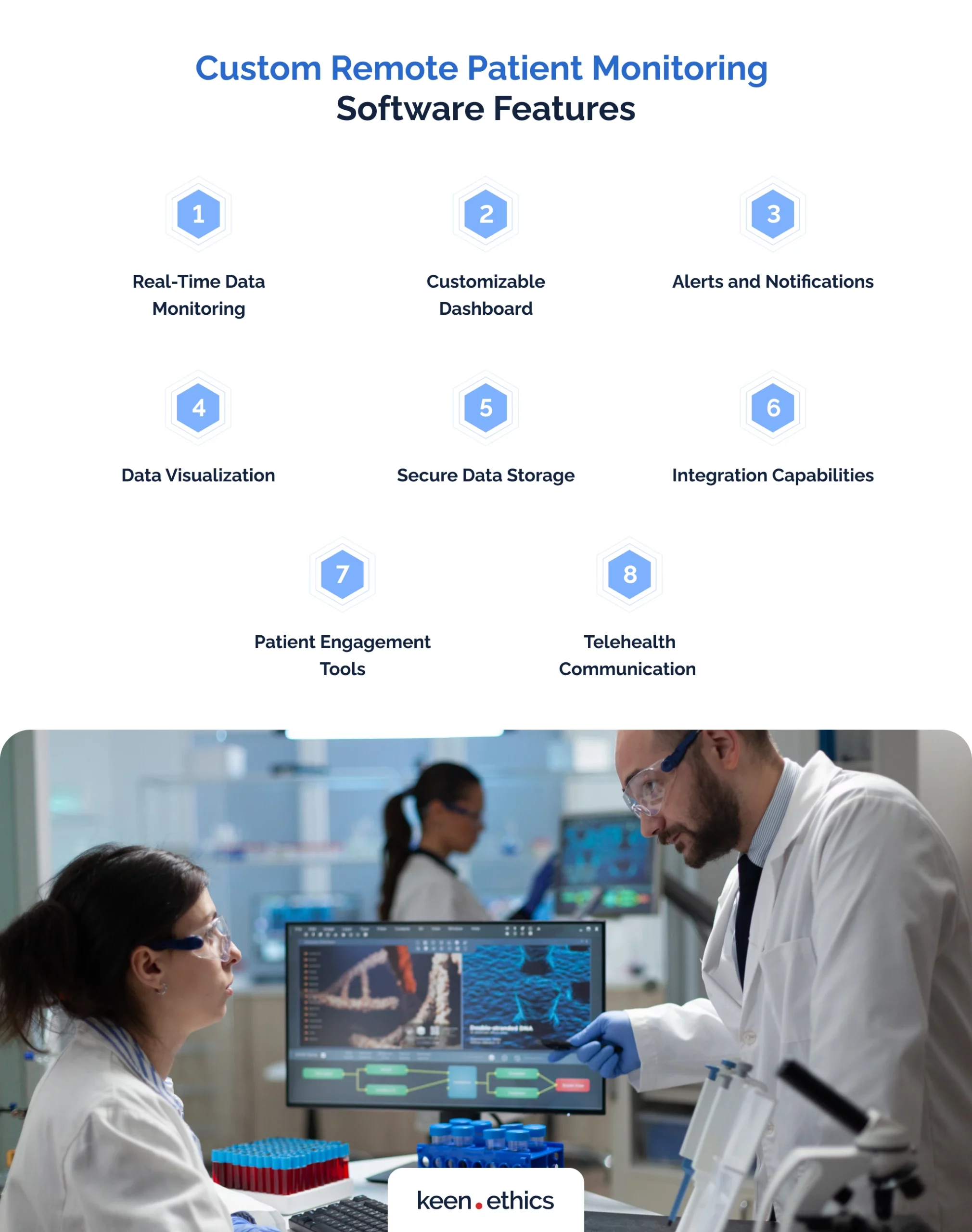User-Friendly Software for Remote Patient Monitoring: Easy Assimilation and Use
User-Friendly Software for Remote Patient Monitoring: Easy Assimilation and Use
Blog Article
The Future of Healthcare: Remote Patient Keeping An Eye On Simplified
As health care proceeds to progress, one location that holds enormous pledge is remote patient tracking. With an emphasis on improving patient outcomes and streamlining healthcare delivery, remote monitoring is positioned to reinvent the industry.
Benefits of Remote Person Surveillance
Remote person surveillance provides a wide variety of benefits for both health care carriers and people alike. One significant benefit is the ability to continually check individuals' crucial signs and health information remotely. This real-time monitoring makes it possible for doctor to find any type of concerning trends or adjustments promptly, leading to very early interventions and possibly protecting against medical emergency situations. Furthermore, remote patient surveillance improves the general quality of treatment by supplying a more thorough and alternative view of individuals' health and wellness standing beyond conventional in-person visits.
Additionally, remote client tracking can lead to enhanced patient outcomes and complete satisfaction. Remote monitoring can lower the need for constant healthcare facility visits, reducing health care prices for both individuals and companies.
Modern Technology Driving Remote Tracking
In the world of modern health care, technological innovations play a crucial function in driving the development and effectiveness of remote client tracking. The combination of ingenious modern technologies such as wearable devices, mobile applications, and cloud-based systems has actually changed the means healthcare providers from another location monitor and handle person health and wellness - remote patient monitoring software. These modern technologies make it possible for constant real-time monitoring of vital indications, drug adherence, and other vital health and wellness data, permitting for prompt interventions and personalized care strategies
One key modern technology driving remote surveillance is the Web of Points (IoT), which makes it possible for seamless connectivity between medical tools and healthcare systems. IoT tools such as smartwatches and wireless sensing units transmit and collect client data to centralized platforms, assisting in remote monitoring from throughout the world. Fabricated intelligence (AI) and device understanding algorithms further enhance remote surveillance by evaluating large amounts of patient data to detect patterns, predict health fads, and sharp doctor to prospective problems.
Influence On Healthcare Distribution
With the combination of sophisticated innovations driving remote person surveillance, the influence on medical care distribution is coming to be significantly profound and transformative. Remote person surveillance enables doctor to use more proactive and customized like patients, bring about enhanced wellness end results and minimized health center admissions. By from another location tracking important indicators, symptoms, and medication adherence, health care experts can step in early, protecting against problems and boosting the overall top quality of care.
Additionally, remote monitoring boosts access to medical care services, especially for individuals in country or underserved areas. Patients can receive constant tracking and assistance from their homes, eliminating the requirement for frequent in-person gos to. This not just saves time and decreases costs for both patients and medical care facilities yet additionally reduces the threat of direct exposure to transmittable diseases, an essential factor to consider in the existing health care landscape.
Furthermore, remote client tracking allows medical care carriers to far better focus on and designate sources treatment based upon real-time data. By identifying risky people and interfering promptly, medical care distribution comes to be a lot more efficient and effective, eventually resulting in a more lasting and patient-centered medical care system.
Improving Patient Outcomes

Additionally, RPM enables positive monitoring of chronic problems, decreasing the probability of acute exacerbations and hospital readmissions. Clients gain from increased comfort and comfort, as they can get treatment in their own homes while staying connected to their healthcare providers. This continual tracking not only improves client contentment however additionally cultivates a sense of empowerment and engagement in their own health management.
Future Trends in Remote Monitoring
Accepting sophisticated technologies in remote patient tracking is shaping the future landscape Check This Out of healthcare shipment. The future patterns in remote surveillance are anticipated to revolutionize the method health care is provided, making it extra effective and patient-centric. One significant pattern is the raised use wearable devices and sensing units to accumulate real-time information, enabling doctor to keep track of clients continually without the demand for frequent in-person brows through. These tools can track crucial indications, medication adherence, and activity degrees, giving a thorough sight of the client's health and wellness status.

In addition, telehealth systems are ending up being a lot more innovative, allowing for digital assessments, remote medical diagnosis, and remote person checking done in one incorporated system (software for remote patient monitoring). This holistic approach to remote monitoring is enhancing medical care shipment, boosting individual contentment, and ultimately, improving general high quality of treatment
Final Thought
In conclusion, remote patient monitoring supplies countless advantages in healthcare shipment, driven by improvements in technology. It has the potential to check my site improve person outcomes and reinvent the way healthcare is delivered. Future trends in remote tracking will continue to form the landscape of healthcare, supplying chances for more reliable and tailored client treatment.
Remote individual surveillance presents a wide variety of advantages for both health care suppliers and people alike. In addition, remote person tracking improves the overall high quality of treatment by giving a much more detailed and all natural view of individuals' health status beyond conventional in-person visits.
In addition, remote patient monitoring can lead to improved individual end results and satisfaction. Remote individual tracking allows health care providers to supply even more aggressive and navigate to this website individualized treatment to clients, leading to enhanced wellness outcomes and lowered healthcare facility admissions. Remote patient surveillance (RPM) plays a considerable function in improving individual outcomes by supplying constant, real-time information that enables healthcare providers to step in without delay and readjust therapy strategies as required.
Report this page